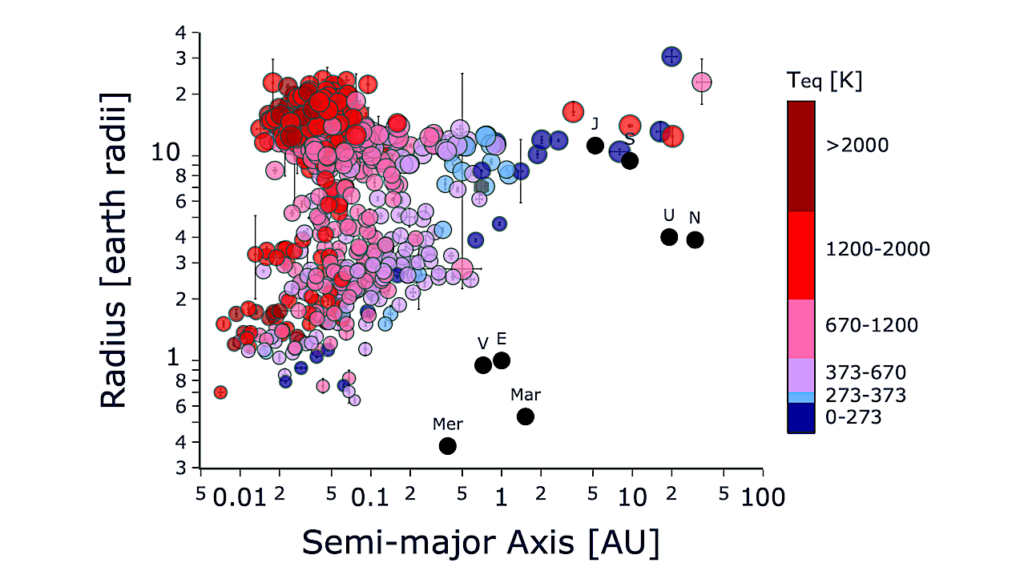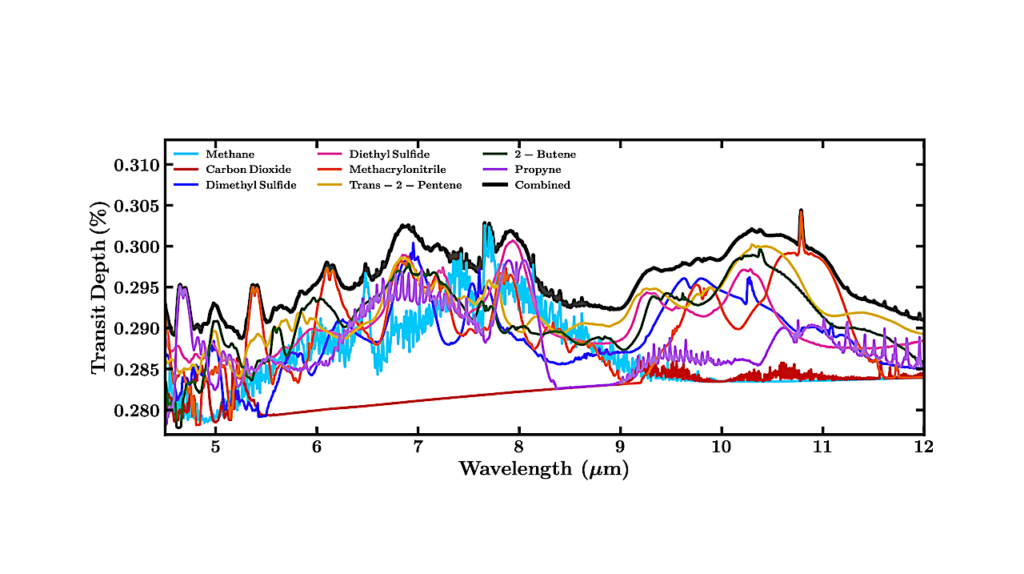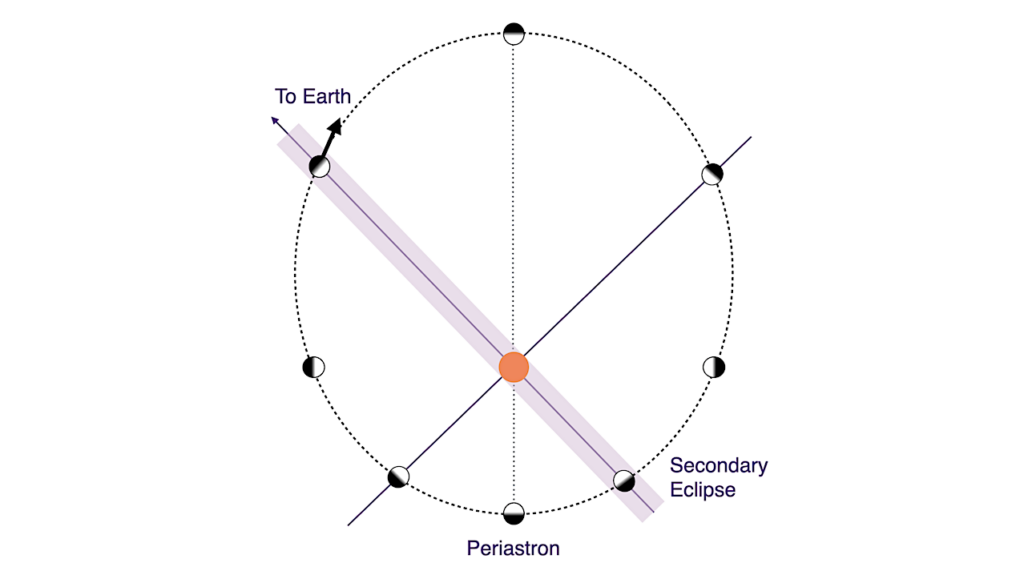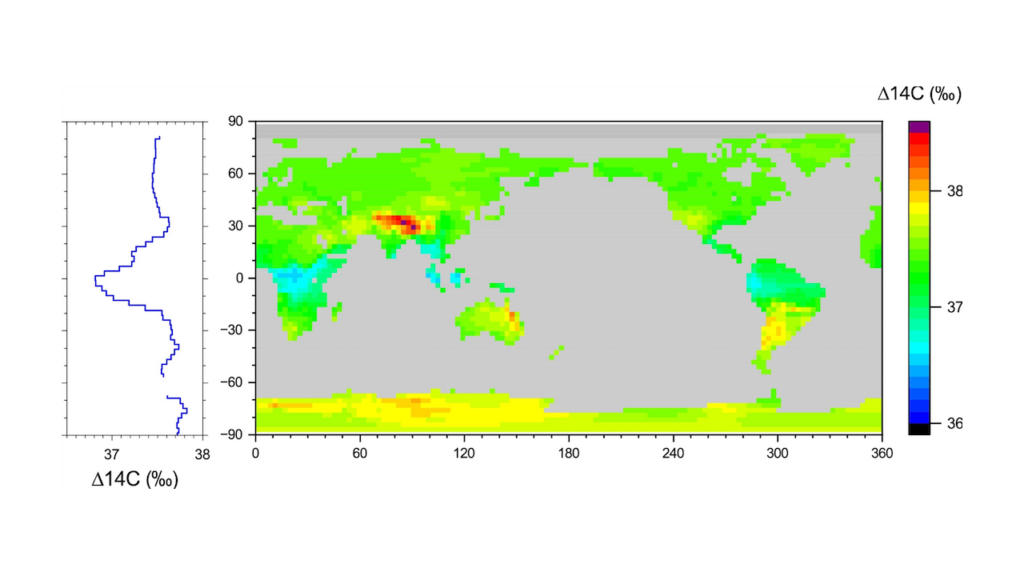Lorenz Energy Cycle: Another Way to Understand the Atmospheric Circulation on Tidally Locked Terrestrial Planets

In this study, we employ and modify the Lorenz energy cycle (LEC) framework as another way to understand the atmospheric circulation on tidally locked terrestrial planets.
It well describes the atmospheric general circulation in the perspective of energy transformation, involved with several dynamical processes. We find that on rapidly rotating, tidally locked terrestrial planets, mean potential energy (PM) and eddy potential energy (PE) are comparable to those on Earth, as they have similar steep meridional temperature gradients.
Mean kinetic energy (KM) and eddy kinetic energy (KE) are larger than those on Earth, related to stronger winds. The two conversion paths, PM→PE→KE and PM→KM→KE, are both efficient. The former is associated with strong baroclinic instabilities, and the latter is associated with Hadley cells. On slowly rotating, tidally locked terrestrial planets, weak temperature gradients in the free atmosphere and strong nightside temperature inversion make PM and PE are much smaller than those on Earth.
Meanwhile, large day–night surface temperature contrast and small rotation rate make the overturning circulation extend to the globe, so that the main conversion path is PM→KM→KE. This study shows that the LEC analyses improve the understanding of the atmospheric circulation on tidally locked terrestrial planets.
Shuang Wang, Jun Yang
Comments: 25 pages, 16 fugures
Subjects: Earth and Planetary Astrophysics (astro-ph.EP)
Cite as: arXiv:2304.11627 [astro-ph.EP] (or arXiv:2304.11627v1 [astro-ph.EP] for this version)
Submission history
From: Shuang Wang
[v1] Sun, 23 Apr 2023 12:00:21 UTC (7,165 KB)
https://arxiv.org/abs/2304.11627
Astrobiology,








